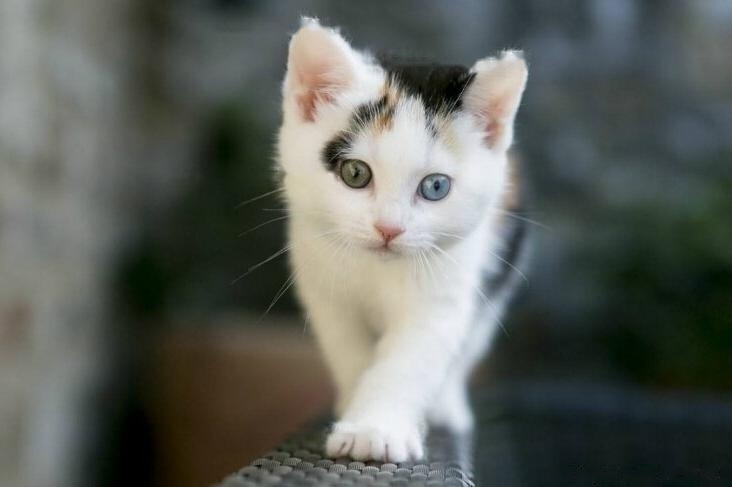
70% of the total minerals in a cat's body are calcium and phosphorus, roughly 99% of calcium and 80% of phosphorus make up bones and teeth, and the rest exists in in body fluids and soft tissues. The trace elements in cats only include iron, copper, cobalt, iodine, manganese and zinc.
Clinical studies have also found that minerals play an important role in cats' growth and development, metabolism, blood clotting, regulation of the nervous system, and maintenance of normal heart activity. Among them, minerals are divided into electrolytes, body structural elements and trace elements according to the different functions of minerals in cats.
First of all, healthy cats will not be deficient in electrolytes. Only when cats are sick and suffer from anorexia, vomiting, diarrhea, and intestinal obstruction, the electrolyte balance is disrupted. Too much electrolyte loss or imbalance in a cat's body can lead to death if not replenished and corrected.
Secondly, our common young cats may suffer from rickets, and adult cats will experience convulsions, spasms, paralysis, etc. These are caused by the lack of minerals such as calcium and phosphorus. In addition, if a lactating female cat is deficient in calcium, it will not be affected by itself, and the skeletal development of nursing kittens will also be seriously affected.
Finally: the main functions of other trace elements, such as the following:
Iron, copper and cobalt are closely related to hematopoiesis. Iron is an important raw material for the synthesis of hemoglobin, and iron deficiency can easily lead to anemia in cats. Copper is necessary for the normal metabolism of iron and catalyzes the formation of heme and red blood cells. Cobalt is a constituent of vitamin B12, which plays an important role in protein metabolism.
Iodine is an essential component of thyroxine. If the cat is iodine deficient, it will show slow growth, sparse coat, head edema, slow movement, dull expression, and difficulty in getting pregnant.
Manganese, a major component of several enzymes, is essential for the normal growth and reproduction of cat bones. Too much manganese in cats can lead to vitiligo and reduced conception rates.
Zinc is a component of several metalloenzymes and nucleic acids in cats, and participates in the metabolism of amino acids to synthesize proteins. If a cat is zinc deficient, symptoms such as weight loss, vomiting, conjunctivitis, hair loss, general weakness and growth retardation will appear.
![[Dog Training 5] The training method of pet dog dining etiquette](/static/img/12192/12192_1.jpg)




